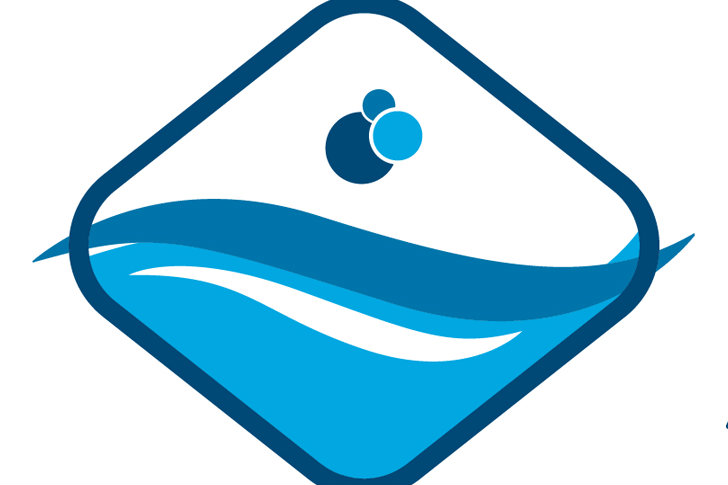With the compliance date for the federal Pool and Spa Safety Act fast approaching, many professionals are increasingly concerned about the requirements for drain covers.
On Dec. 20, all drain covers sold in the United States will have to meet ASME standards. Additionally, all commercial pools will have to be retrofitted for compliant covers.
One source of worry centers on fastening the drain cover appropriately to the sump or mounted fitting — because a compliant cover still can be an entrapment hazard if it’s poorly installed.
“The majority of suction entrapments and problems the industry is having are [because of] missing and broken drain covers,” said Leif Zars, project team leader for the American Society of Mechanical Engineers’ committee for suction outlet covers. “And they’re missing because they weren’t attached properly.”
Many of the older sumps don’t have threaded inserts. Instead, the screws that hold the cover on are merely installed through the mounting ring and into a coat of plaster. Once those screws are removed and put back in a few times, they’re no longer secure.
“You can’t just screw a new cover in an old hole and expect it to stay,” Zars added.
However, the International Association of Plumbing and Mechanical Officials — one of three organizations that tests products to the A112.19.8-2007 standard — has approved several retrofittable covers for compliance. These covers are mounted on retrofit frames that install into existing frames already set into the pools’ structure or plaster coat.
Pool professionals should assess the existing sump for degradation and replace it accordingly, said Wade Arens, principal of Aquastar Pool Products in San Diego. Aqua-star is one of several manufacturers racing to produce enough compliant covers before the impending deadline. Producing retrofit models is important because cutting up 2 million pools for new fittings by Dec. 20 is a near impossibility, Arens noted.
As an extra safety measure, Arens recommends using an epoxy to secure the frame.
“Do [the retrofit] right and, when in doubt, drain the pool and tear the whole thing out,” he advised.
Sump depth also is a major concern because acceptable flow rates are dramatically reduced with less surface area in the sump. APSP and ASME recommend a sump depth of 11/2 times the pipe diameter for compliance.
“Everyone’s gotten lazy, and that’s dangerous unless you’re running under 50 gallons per minutes,” Arens noted. “The inspectors in California are actually out there looking at it and taking out measuring tapes.”
Along with the major question mark of drain compliance, the cover itself soon will look different. In a move designed to remove liability, ASME sent out a memorandum to stop cover manufacturers from using the “swimming man” logo on drain covers to signify compliance. Whether the ASME will allow the standard number to be printed remains to be seen.
Finally, the Consumer Product Safety Commission recently announced that every commercial pool and spa drain cover will have to be compliant to the new standard. This means the giant, unblockable drain grates at amusement parks and large commercial pools will need certification, even though current testing standards cannot accommodate products of such magnitude.


